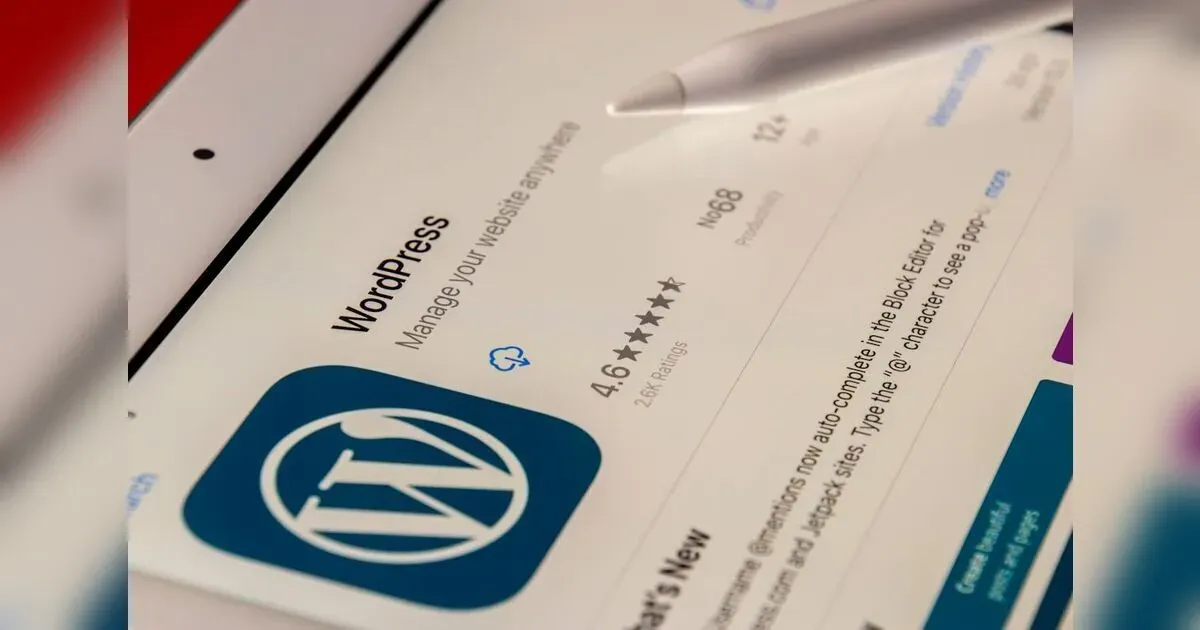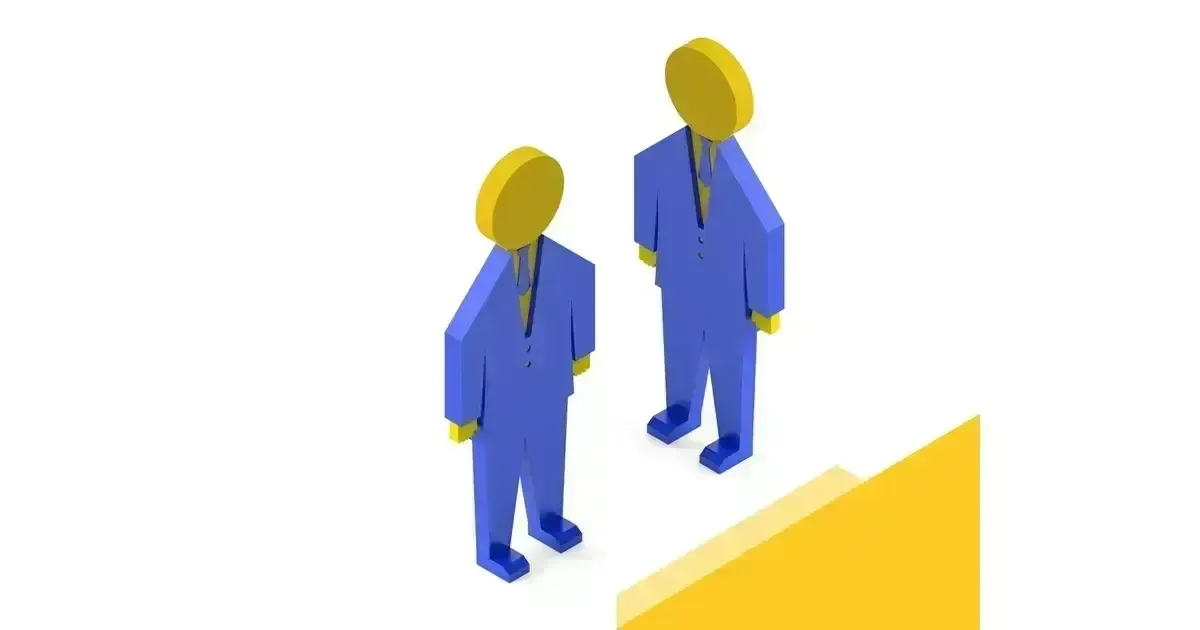Navigating the Negativity: What to Do When You're Bullied on Social Media
Social media platforms connect us with friends, family, and the wider world. However, the anonymity and ease of online interaction can also create a breeding ground for bullying. If you've encountered bullying behavior on social media, it's important to remember you're not alone. Here's a comprehensive guide on how to handle the situation and protect yourself.
Understanding Social Media Bullying:
Cyberbullying, a form of bullying that takes place online, can manifest in various ways:
- Abusive language and insults: This includes name-calling, threats, and other hurtful comments directed at you or your loved ones.
- Spreading rumors and lies: Bullies may fabricate stories or twist the truth to damage your reputation.
- Posting embarrassing photos or videos: Sharing private content without your consent can be deeply humiliating.
- Exclusion and social isolation: Bullies may deliberately exclude you from online groups or conversations.
- Impersonation and fake accounts: Creating fake profiles to harass or spread rumors can be particularly unsettling.
The Impact of Social Media Bullying:
Social media bullying can have a significant negative impact on your mental and emotional well-being. It can lead to:
- Anxiety and depression: The constant fear of online harassment can take a toll on your mental health.
- Low self-esteem: Bullies' attacks can make you feel worthless and insecure.
- Social withdrawal: You may isolate yourself to avoid further bullying.
- Sleep problems and difficulty concentrating: The emotional turmoil can disrupt your sleep patterns and ability to focus.
Steps to Take When You're Bullied:
- Don't Engage: Responding to a bully can escalate the situation. It may give them satisfaction knowing they've gotten a reaction. Remember, silence can be the strongest weapon.
- Document the Evidence: Screenshot or save any harassing messages, comments, or posts. This documentation can be crucial if you need to report the abuse later.
- Block the Bully: Most social media platforms offer blocking features that prevent the bully from contacting you. Block not only their main account, but also any potential fake accounts they might use.
- Report the Abuse: All major social media platforms have reporting mechanisms for harassment and bullying. Use these tools to report the specific incidents, providing screenshots as evidence.
- Take a Break: Social media can be overwhelming, especially when dealing with bullying. Consider taking a temporary break from the platform to regain your composure.
- Talk to Someone You Trust: Bottling up your emotions can make things worse. Confide in a trusted friend, family member, teacher, counselor, or therapist. Talking about your experience will help you process it and receive support.
- Focus on Positivity: Don't let the bully control your online experience. Surround yourself with supportive people online, focus on sharing positive content, and engage with the aspects of social media that bring you joy.
Additional Tips for Different Scenarios:
- If the bully is someone you know: Consider ending the friendship or blocking them across all communication channels. If the bullying spills over into real-life interactions, inform a trusted adult.
- If the bullying involves impersonation or fake accounts: Report the fake profile to the platform along with screenshots. In some cases, involving law enforcement may be necessary.
- If the bullying involves threats of violence: Never ignore threats. Take screenshots and report them immediately to the platform and law enforcement.
Empowering Yourself and Others:
Social media platforms offer a constant connection to the world, fostering friendships, sharing experiences, and shaping our online identities. However, this digital landscape can also become a breeding ground for bullying. If you or someone you know is being targeted by negativity on social media, it's crucial to understand that empowerment is key. Here, we'll explore strategies to not only protect yourself from bullying but also become an advocate for a more positive online environment.
Understanding the Power Dynamics of Social Media Bullying:
Cyberbullying, distinct from traditional bullying, utilizes the anonymity and ease of online interaction to torment victims. Common tactics include:
- Verbal Abuse: Relentless name-calling, insults, and hateful messages aimed at tearing down self-esteem.
- Social Isolation: Excluding victims from online groups, conversations, or deliberately manipulating others to ostracize them.
- Dissemination of Lies and Rumors: Fabricating stories or twisting truths to damage the victim's reputation.
- Exposure of Private Information: Sharing embarrassing photos or videos without consent, causing humiliation and a sense of violation.
- Impersonation: Creating fake profiles to harass the victim, spreading rumors, or impersonating them to damage relationships.
The impact of cyberbullying is far-reaching. It can trigger anxiety, depression, and feelings of worthlessness. Victims may experience sleep disturbances, difficulty concentrating, and a reluctance to engage online, retreating from the very connections social media offers.
Empowering Yourself: Strategies to Combat Social Media Bullying:
1. Don't Engage: Engaging with a bully can fuel them. Responding might give them a sense of power and encourage further harassment. Remaining silent shows you won't be a target for their negativity.
2. Document Everything: Gather evidence by taking screenshots or saving harassing messages, comments, and posts. This documented evidence will be crucial if you need to report the abuse later.
3. Block the Bully: Most social media platforms offer blocking features that prevent the bully from contacting you. Block not only their main account but also any potential fake profiles they might create.
4. Report the Abuse: Utilize the platform's reporting tools. Flag the abusive content, attach screenshots as evidence, and clearly explain the situation.
5. Take Back Control: Step away if social media becomes overwhelming. Engage in activities you enjoy, connect with supportive people offline, and focus on the positive aspects of your life.
6. Seek Support: Talk to a trusted friend, family member, teacher, counselor, or therapist. Sharing your experience can help you process your emotions and get the support you need.
7. Focus on Positivity: Don't let bullies dictate your online experience. Surround yourself with positive people, curate your feed with content that inspires you, and continue to express yourself authentically.
Expanding Your Circle of Empowerment: Supporting Others:
1. Stand Up for Bystanders: Witnessing online harassment? Don't be a silent observer. Report the abuse, offer support to the target, and encourage others to do the same. A unified voice against bullying can be a powerful deterrent.
2. Be an Advocate: Raise awareness about online bullying within your circles. Share resources and information, encouraging a culture of support and respect on social media.
3. Promote Digital Citizenship: Discuss online safety and responsible behavior with younger users. Emphasize empathy and the importance of treating others respectfully online.
Building a More Positive Online Space:
- Platforms: Social media platforms have a responsibility to combat bullying. Reporting systems need to be efficient, user-friendly, and responsive. User privacy tools should offer greater control over who sees their information.
- Schools and Communities: Schools and community centers should incorporate social media safety and responsible online behavior into educational programs. Workshops and seminars for parents and educators can equip them to address these issues effectively.
- Law Enforcement: Cyberbullying can have serious consequences. Working with law enforcement to identify and prosecute perpetrators when threats reach the level of criminal activity sends a strong message of deterrence.
By empowering ourselves, supporting others, and advocating for a more responsible digital environment, we can create a safer and more positive social media experience for everyone.
Conclusion
Social media bullying can leave deep scars, but it doesn't have to break your spirit. By understanding the tactics bullies use and empowering yourself with the right tools, you can navigate negativity and reclaim your online space. Remember, silence is your weapon – don't engage with bullies, document their actions, and utilize the platform's reporting mechanisms.
But the fight against social media bullying extends beyond individual actions. Become an advocate: speak up for those being targeted, raise awareness amongst your circles, and encourage responsible digital citizenship. Promote empathy and kindness in online interactions, reminding others of the human being behind the screen.
Social media platforms also have a crucial role to play. More robust reporting systems, user-friendly privacy tools, and swift action against perpetrators are essential. Schools and communities can equip younger generations with the knowledge and tools to navigate the digital world safely. Collaboration with law enforcement sends a strong message that online abuse will not be tolerated.
Ultimately, creating a more positive online environment requires a multi-pronged approach. By empowering ourselves, supporting others, and holding platforms accountable, we can turn the tide against cyberbullying. Social media has the potential to be a powerful tool for connection, expression, and community. Let's work together to ensure it's a space where everyone feels safe and empowered to be their authentic selves.
Remember, you are not defined by the actions of a bully. You have a voice, and your voice matters. Share your experiences, connect with supportive communities, and use your platform to spread positivity. Together, we can build a more inclusive and respectful online world, one where everyone thrives.
Additional Resources:
- Include a list of hotlines and website resources for organizations that address cyberbullying. These can include national hotlines, anti-bullying organizations, and mental health resources.
By taking action and fostering a culture of empathy, we can transform social media into a space that fosters connection, empowerment, and the very best of human interaction.

























